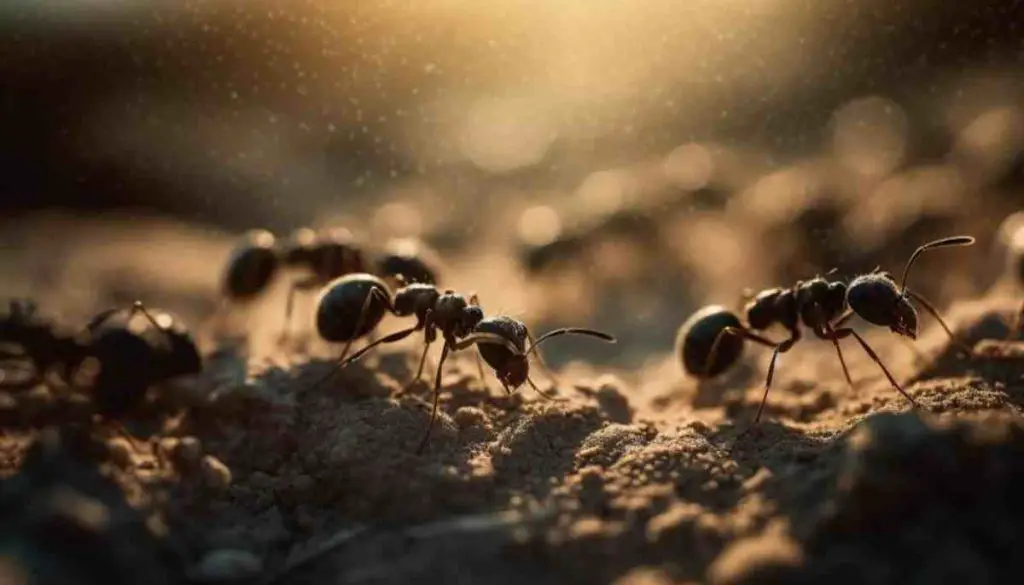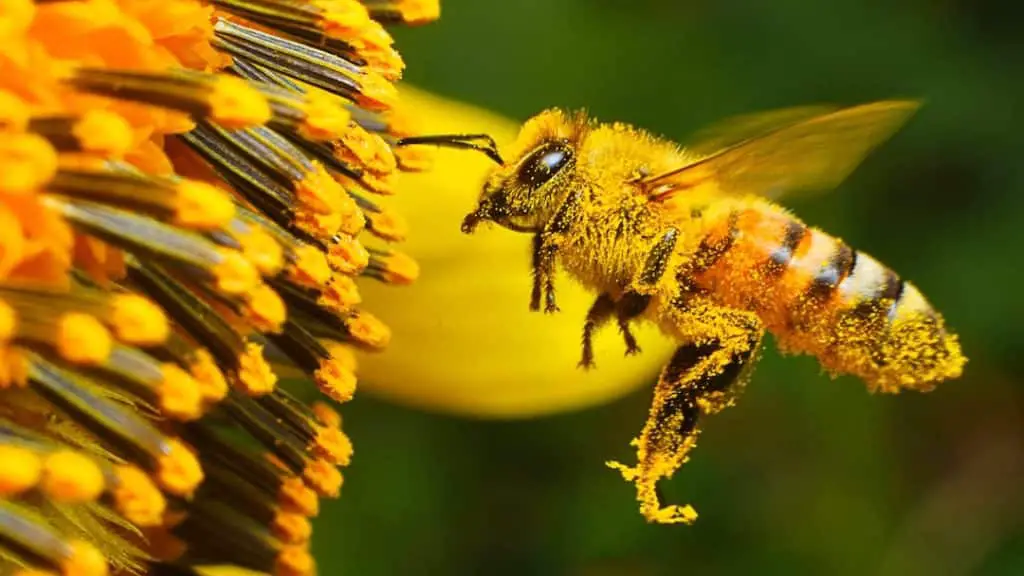The world of insects is one of the most complex in nature: according to some estimates they exist 5.5 million species of these living beings, which can be translated into 10 quintillion insects – that is, a 1 with 18 zeros. It is therefore an impressive number that will certainly leave you speechless, as it is really difficult to imagine such a high figure.
The role of ants and bees in this large ecosystem: their internal organization
The interesting thing about the number of bees and ants is that they represent about 12% of all insects present on our planet, and in this percentage we will also have to add wasps. Over the centuries and evolution these insects have been able to develop extremely organized social structures and evolved, which have given them the possibility of settling in different environments across our planet.
Thanks to these skills they have therefore managed to adapt to different climates, often even hostile situations. Starting by talking about ants first, they exist 12 000 known species which have evolved in all the ecosystems of the planet and this has been possible above all thanks to one strict division of all tasks and an excellent level of cooperation.
The ants therefore organized themselves in the following way:
- at the head of the entire colony lies the Queen;
- a develops around her complex caste systemin which sterile females specialize in different roles to allow impeccable efficiency for the entire colony.
In fact, these latter ants can specialize in collecting food, defending the colony or caring for their offspring. To maintain such an organization, ants communicate with each other through gods chemical signalswhich depend on pheromones: these are in fact olfactory signals that allow these insects to better coordinate, to mark the paths they have already passed, to signal any dangers and also to resolve any problems.

As regards bees, they too have developed a very complex organizational structure, even if it presents several differences compared to other insects. Indeed, for them the center of their society is represented from the hive in which the queen, responsible for reproduction, can be found. If the ants had a very rigid division of their tasks, it is different for the bees, given that their roles tend to be much more flexible and dynamic.
In fact, what makes the difference in this case is age, given that the roles come assigned based on seniority of a bee and its individual development – such as that of nurse, sentinel or forager – and in this way they are able to adapt much more easily to any environmental change or other need.
To communicate with each other, bees instead use dances and olfactory signals, and the latter are used especially to communicate dangers or to recognize the members of one’s colony. Another very interesting aspect is that bees tend to take decisions togetherevaluating the different options until majority consensus is reached.
It is important to know that bees, being extremely social and dependent on each other, cannot survive for long alone: in fact, if one of them were to separate from the others, it would waste away after two or at most three days.
These wonderful insects have one characteristic in common: they are queens
Both ants and bees share one aspect in particular, namely the fact that only Queen turns out to be there only fertile female among all.
In fact, as far as ants are concerned, it is the only one capable of laying eggs, which can reach a number of one hundreds a day and which in the following periods are looked after by worker ants. As far as bees are concerned, also in this case the queen is the only female specimen capable of laying eggs and in this case the numbers increase dramatically, given that she can lay them up to 2000 per day for a maximum of 5 years of life.

Consequently, the queen takes on a role of fundamental importance regarding the offspring of the species. Furthermore, queens are capable of produce pheromones which keep the colonies united and organized – if you were to die, the colony would collapse, unless a new queen could be selected and raised in time.
Another very interesting curiosity related to ants is the fact that the queen ant loses its wings after mating, during what is called the “wedding flight” is that mate only once in life. As far as bees are concerned, the queen mates several times during the same flight and can carry out multiple mating flights every approximately 20 days.
#complex #social #structures #ants #bees #similarities #differences

